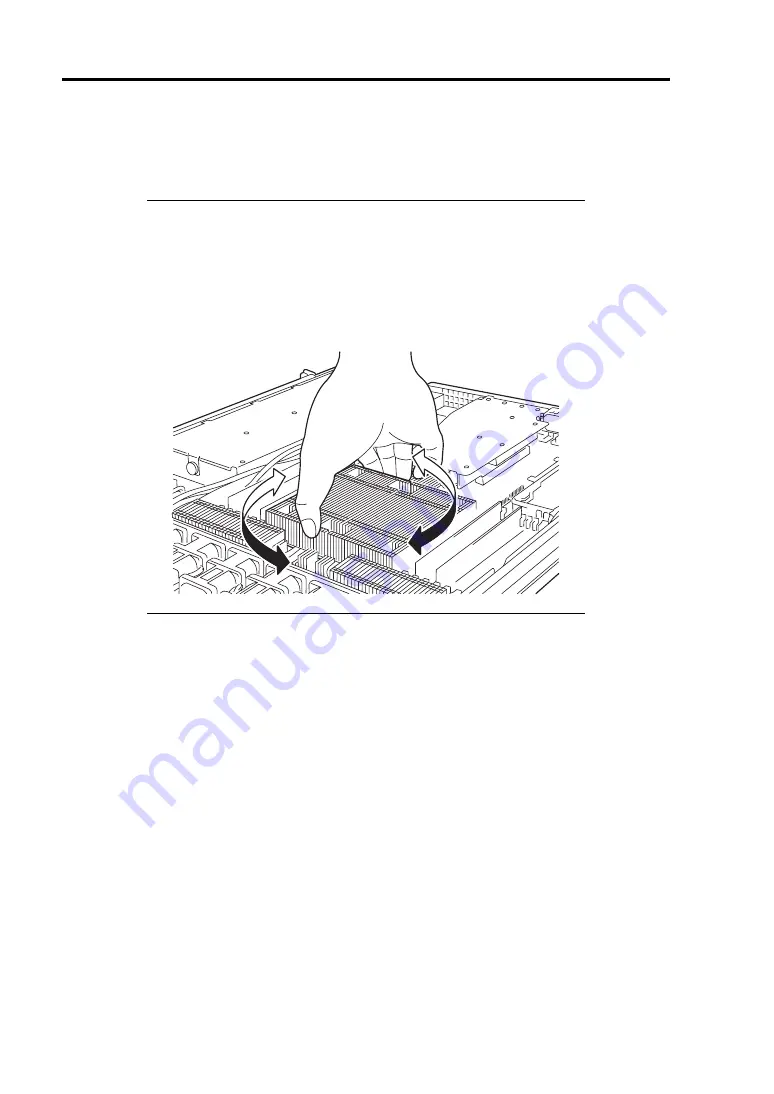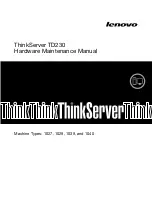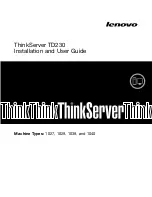
9-46 Upgrading Your Server
Removal
To remove the CPU, prepare the removal referring to steps 1 and 4 in the installation procedure and
do the reverse procedure of steps 12 to 7.
IMPORTANT:
Do not remove any CPU unless it is failed.
After the operation, heat may make the cool seat at the bottom of the heat sink
adhere to the CPU. To remove the heat sink from the CPU, first turn the heat sink
to the left and right lightly to make sure that the heat sink can be apart from the
CPU. Removing the heat sink with it adhering to the CPU might cause the CPU
and/or socket to fail.
Do the following procedure if a CPU is removed (or replaced).
1.
When a CPU is replaced, select [Advanced]
→
[Processor Configuration]
→
[Processor
Information] to confirm that the CPU ID, L2 Cache RAM, and L3 Cache RAM of the
additional CPU are defined normally (described on page 4-11).
Summary of Contents for Express5800/R120b-1
Page 20: ...Notes on Using Your Server 1 3 3 5 inch disk model...
Page 87: ...3 24 Setting Up Your Server This page is intentionally left blank...
Page 268: ...6 14 Installing and Using Utilities Windows Server 2003...
Page 296: ...7 14 Maintenance This page is intentionally left blank...
Page 350: ...8 54 Troubleshooting When you use a remote console 6 Each tool is selected and it starts...
Page 438: ...9 82 Upgrading Your Server This page is intentionally left blank...
Page 450: ...C 2 IRQ This page is intentionally left blank...
Page 474: ...D 24 Installing Windows Server 2008 R2 4 Activate Windows The Windows activation is complete...
Page 504: ...E 28 Installing Windows Server 2008 4 Activate Windows The Windows activation is complete...
Page 564: ......
Page 566: ...H 2 Using a Client Computer Which Has a CD Drive This page is intentionally left blank...
Page 576: ...I 10 Accessing Power and Performance Data This page is intentionally left blank...
Page 580: ...J 4 Product Configuration Record Table This page is intentionally left blank...
















































